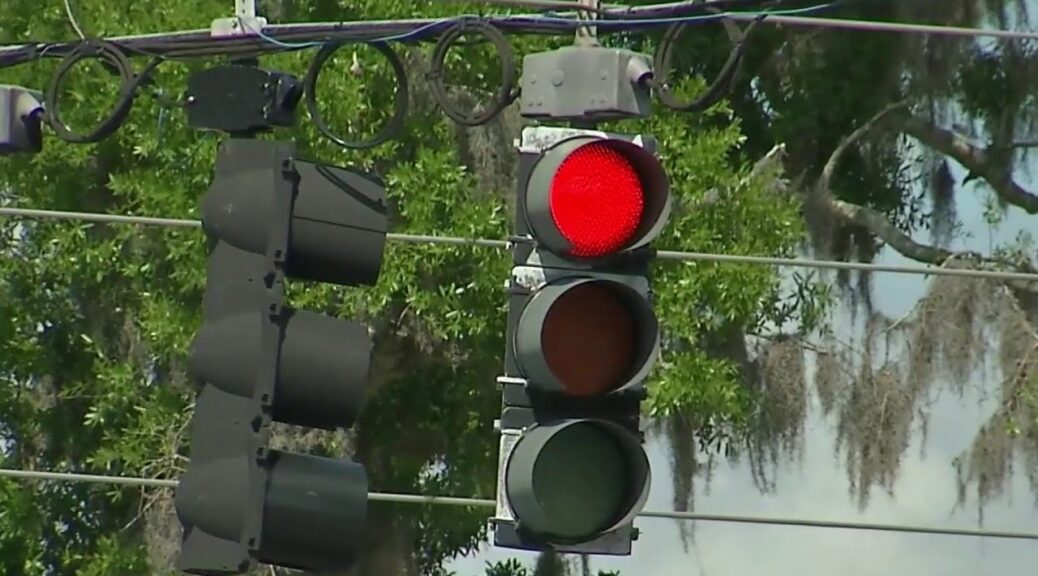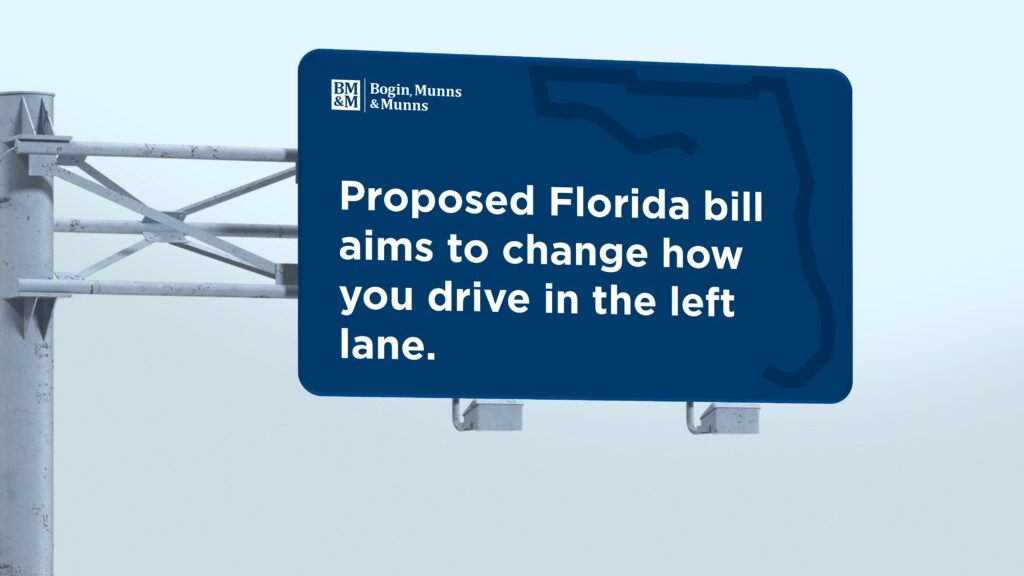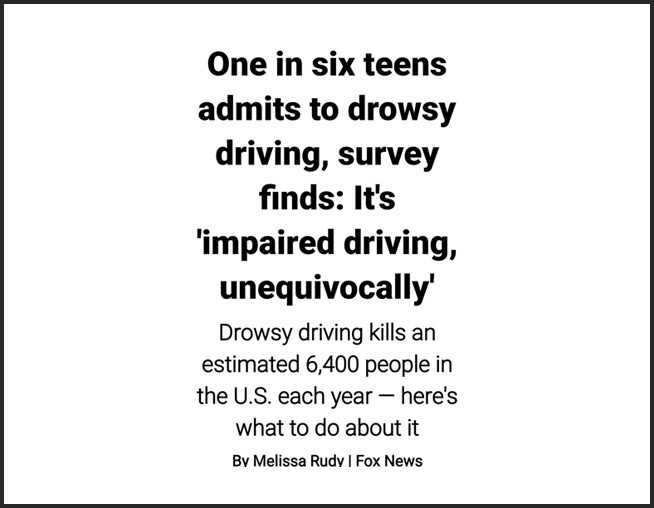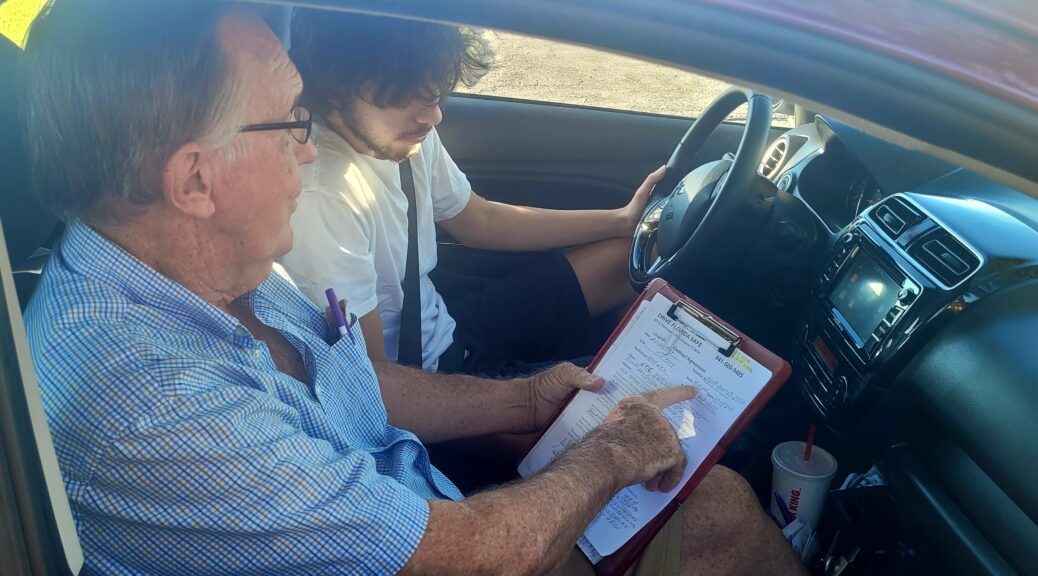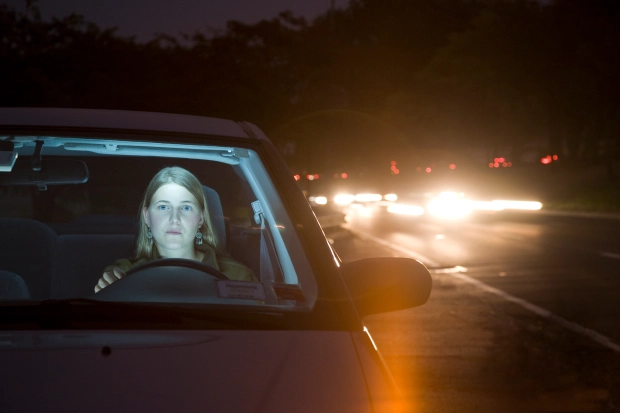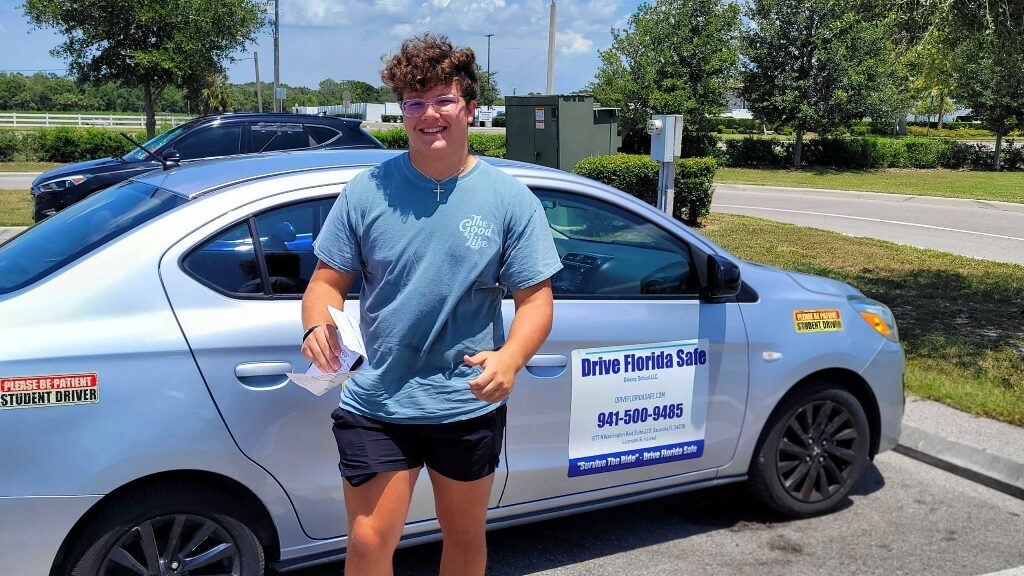A DUI conviction can significantly impact your driving record and overall life. The journey to rebuild your driving record after such an incident may seem daunting. However, with a strategic approach, determination, safety tips from driving schools Florida Online, you can navigate this challenging process successfully. Here are some detailed steps and tips to help you get back on track.
Understanding the Impact of a DUI on Your Record
Before embarking on the journey to rebuild your driving record, it’s essential to comprehend the extent of the damage caused by a DUI. Depending on your state’s regulations, a DUI can remain on your driving record for a substantial period—up to 75 years in some cases. This mark can significantly affect your insurance premiums, employment opportunities, and overall driving privileges. Understanding these consequences is crucial, as it provides the motivation needed to take the necessary steps toward improving your record. It’s important that you know every detail of your state regulation from a traffic school in Saratosa.
Addressing Fines and Penalties Promptly
One of the first steps in rebuilding your driving record is to address any fines or penalties associated with your DUI conviction. Promptly paying any fines, fees, or restitution required by the court demonstrates your commitment to taking responsibility for your actions. Delaying these payments can lead to additional interest charges and further complications. By being proactive, you show the court and other authorities that you are serious about rectifying your mistake and moving forward.
Completing Court-Mandated Programs and Courses
Many states mandate that individuals convicted of a DUI complete specific courses or programs, such as alcohol awareness classes or drug and alcohol treatment programs. Additionally, if your conviction includes other serious offenses like reckless driving or speeding, similar requirements may apply. Successfully completing these programs not only fulfills legal obligations but also equips you with valuable knowledge and skills to avoid future infractions. Ensure you adhere to all court-mandated requirements to demonstrate your commitment to rehabilitation.
Retaking Your Driving Exam
In most states, regaining your driving privileges after a DUI conviction involves retaking the driver’s license exam. This process typically includes both written and road tests. Studying diligently for these exams is crucial, as passing them convincingly shows that you are knowledgeable about traffic laws and capable of driving responsibly. Prepare yourself thoroughly from drive safe classes in Parrish. This can boost your confidence and help ensure you meet the necessary standards for reinstatement.
Obtaining SR-22 Insurance Coverage
After a DUI conviction, you may be required to obtain SR-22 insurance coverage. This form of insurance, also known as a Certificate of Financial Responsibility, verifies that you have the minimum required auto insurance coverage. Securing SR-22 insurance is often a prerequisite for reinstating your driving privileges. By obtaining this coverage, you demonstrate to the court and insurance companies that you are financially responsible and committed to adhering to legal requirements.
Practicing Patience and Responsibility
Rebuilding your driving record is a gradual process that requires patience and responsibility. Rushing through the steps or neglecting essential details can lead to setbacks and prolonged difficulties. Be patient with yourself and others involved in the process, including legal professionals and court personnel. Taking the time to thoroughly understand and comply with all requirements ensures a smoother and more effective reinstatement process.
Taking Responsibility and Understanding Safe Driving Practices
Taking responsibility for your past mistakes is a crucial part of rebuilding your driving record. Acknowledging the severity of a DUI conviction and the potential dangers associated with impaired driving underscores the importance of adopting safe and responsible driving habits. Understanding traffic laws and regulations, practicing defensive driving, and committing to never driving under the influence again are vital steps in maintaining a clean record moving forward. Take a drive course online to achieve helpful insights.
Additional Tips for a Successful Rebuild
Seek Legal Advice: Consult with an attorney who specializes in DUI cases. They can provide valuable guidance on navigating the legal requirements and offer strategies for mitigating the impact on your record.
Stay Informed: Keep yourself updated on any changes in DUI laws and regulations in your state. Staying informed ensures you remain compliant and aware of your obligations.
Maintain a Clean Record: Avoid any further traffic violations or infractions. A consistent history of safe driving will support your efforts to rebuild your record.
Conclusion
Rebuilding your driving record after a DUI is undoubtedly challenging, but it is achievable with dedication and a systematic approach. By understanding the impact of your DUI, addressing fines and penalties promptly, completing required courses, retaking your driving exam, obtaining SR-22 insurance, and practicing patience and responsibility, you can gradually restore your driving privileges and improve your record. Remember, taking responsibility for your actions and committing to safe driving practices are essential steps in this journey. Stay focused, be patient, and make informed decisions to successfully rebuild your driving record.




